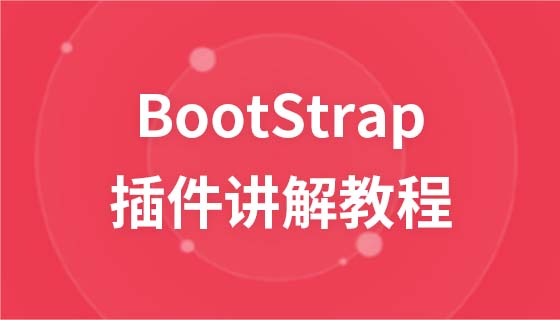答案是实现主题切换功能需通过JavaScript动态控制样式资源。核心包括:1. 设计类结构初始化插件,管理主题状态;2. 用CSS变量或动态加载CSS实现切换;3. 利用localStorage保存用户偏好;4. 提供switchTo、getCurrentTheme等API便于调用,确保逻辑解耦与可维护性。

实现主题切换功能的核心在于动态控制页面的样式资源,通过JavaScript监听用户操作并切换对应的CSS主题文件或变量。开发一个可复用的JS插件,可以让主题切换逻辑更清晰、更易于集成到不同项目中。
一个良好的主题切换插件应具备初始化、主题加载、状态保存和事件绑定等基础能力。建议采用面向对象的方式组织代码,便于维护和扩展。
基本结构示例:
class ThemeSwitcher {
constructor(options) {
this.currentTheme = options.defaultTheme || 'light';
this.themes = options.themes || ['light', 'dark'];
this.storageKey = options.storageKey || 'user-theme';
this.init();
}
init() {
this.applySavedTheme();
this.bindEvents();
}
// 其他方法...
}
主题切换通常有两种实现方式:使用CSS自定义变量(推荐)或动态替换CSS文件。前者性能更好,后者适合主题差异较大的场景。
使用CSS变量切换主题::root[data-theme="dark"]
document.documentElement.setAttribute('data-theme', 'dark') 来切换为了提升用户体验,应将用户选择的主题保存在localStorage中,下次访问时自动应用。
立即学习“Java免费学习笔记(深入)”;
applySavedTheme() {
const saved = localStorage.getItem(this.storageKey);
if (saved && this.themes.includes(saved)) {
this.currentTheme = saved;
}
this.applyTheme(saved);
}
saveTheme(theme) {
localStorage.setItem(this.storageKey, theme);
this.currentTheme = theme;
}
插件应暴露简洁的API,方便开发者调用。例如提供 switchTo(theme)、getCurrentTheme() 等方法。
const themePlugin = new ThemeSwitcher({
defaultTheme: 'light',
themes: ['light', 'dark', 'blue'],
});
// 切换主题
themePlugin.switchTo('dark');
// 获取当前主题
console.log(themePlugin.getCurrentTheme());
基本上就这些。只要结构清晰、逻辑完整,就能开发出一个轻量且实用的主题切换插件。关键是解耦样式与行为,确保兼容性和可维护性。不复杂但容易忽略细节,比如初始状态处理和错误边界。
以上就是JS插件开发怎样实现主题切换开关_JavaScript动态主题插件开发与实现方法的详细内容,更多请关注php中文网其它相关文章!

每个人都需要一台速度更快、更稳定的 PC。随着时间的推移,垃圾文件、旧注册表数据和不必要的后台进程会占用资源并降低性能。幸运的是,许多工具可以让 Windows 保持平稳运行。




Copyright 2014-2025 https://www.php.cn/ All Rights Reserved | php.cn | 湘ICP备2023035733号